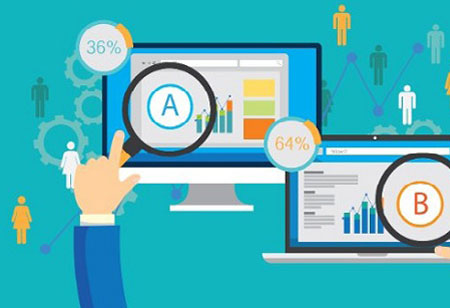THANK YOU FOR SUBSCRIBING
Inclinations in Automated Software Testing for the Years ahead
Software testing and quality assurance have changed drastically from a gate-keeping quality approach to a more evolved, active, purpose-fit, and strategic one.

By
Apac CIOOutlook | Tuesday, August 13, 2019
Stay ahead of the industry with exclusive feature stories on the top companies, expert insights and the latest news delivered straight to your inbox. Subscribe today.
FREMONT, CA: Software testing and quality assurance have changed drastically from a gate-keeping quality approach to a more evolved, active, purpose-fit, and strategic one. In a real sense,quality assurance is now quality engineering. The dominant technologies and digital transformation trends are shaping and influencing the part of software testing. Below are some software testing trends that are going to dominate in the current scenario.
• DevOps-Led Transformation
The DevOps movement has matured in a decade and has been deployed widely, as businesses realize the value of it in the age of digital transformation. With an emphasis on customer experience and a fast-moving product lifecycle, DevOps provides the right culture and processes to succeed in the ever-transforming digital landscape. It requires a re-evaluation of existing test automation processes and comprehensive test optimization for better results.
Check Out : Top logistics Tech companies in APAC
• Continuous Testing
The adoption of continuous testing enables using essential practices like automating end-to-end functional testing and integrating testers into cross-functional teams, among others. Continuous testing also requires a re-evaluation of existing test automation processes and comprehensive test optimization for better results.
• AI and ML-Backed Intelligent Test Automation
The challenges for quality teams have grown more complex as the organization scaled up. The digital landscape demands high-quality customer experiences and faster cost optimal releases. To gain this standard quality the new wave test automation is enabled by artificial intelligence and machine learning. It provides predictive and prescriptive QA, reusable framework, maximum test coverage, and removal of duplicates.
• Shift-Left and Shift-Right
A combination of shift-left and shift-right approaches seem to work for many organizations looking at performance testing benefits. Shift-left testing changes the focus on quality much earlier in the development cycle to facilitate prevention rather than detection.
• Performance Engineering
It means aligning and integrating all components to make sure they achieve the intended aim. It requires all the elements of the system, including performance, security, usability, software hardware, configuration, customer experience, and business outcomes to work together in sync.
• IoT Testing
IoT test approaches have evolved and altogether require a unique set of tools and techniques. The focus of the Internet of things testing is on security, usability, connectivity, compatibility, and performance. IoT testing will dominate the scenes in the coming years.
In this global world, the time-to-market can decide the change between success or defeat. Organizations may face many challenges and choices today as the digital economy grows, but deploying the right tools, processes, and trends will help them stay on top of their game.
Also See: Quality Assurance Solutions Companies





